- The matter that’s embroiled Toyota and other automakers is a tempest in a teapot. Reform the regulators instead.

At a time when Japan’s auto industry is at a critical juncture, it’s taking an off-road the nation doesn’t have time for.
The country’s carmakers have had their reputations dragged through the mud this week, with Toyota Motor Corp. and other firms announcing, following internal investigations sparked by after a similar brouhaha at Daihatsu Motor Co. last year, that they had falsified parts of safety-certification tests.
In a surprise move, transport ministry officials raided their offices, a step usually reserved for more serious wrongdoing. Thenewsreaction was predictable:Many foreign media outlets invoked the phrase “safety scandal,” while others termed it “massive cheating.” The domestic press was, if anything, harsher: “Toyota testing scandal leaves another stain on Japan auto industry,” said one outlet; another termed it “an unusual and shameful day in Japanese auto history.”
But does this matter really require such self-flagellation? Here aresome of theautomakers’ findings:
- Honda conducted noise tests using a different weight in the vehicle than the one specified by the regulations (although the weight used was in fact heavier than the one required).
- In 2014, Suzuki failed to conduct a braking test again when weaker pressure was applied to the brakes than the specified value (the model is no longer in production).
- Toyota used collision data simulating a pedestrian impact with a 65-degree angle, rather than the 50-degree angle required (even though the 65-degree angle actually results in greater damage).
While this isn’t a comprehensive list of the testing lapses, none of it reveals a Dieselgate 2.0. As I have written before, in that scandal executives at German carmaker Volkswagen AGdeliberately and intentionally worked around emissions tests, fully aware its cars couldn’t pass.
What we’re seeing here is almost the opposite: factory floor-level workers taking shortcuts during testing, in the knowledge that the vehicles would almost certainly pass inspection anyway, even if the tests aren’tfollowed to the letter of the law. Note that there are no recalls in thiscircumstance. No one is saying the vehicles out there are, in any sense, actually unsafe.
This is borne out by recent history. The Daihatsu incident last year that triggered this current brouhaha generated ample headlines when the keicarmaker pulled its entire fleet of vehicles from sale. But much fewer reporters’ink was spilled when the autosconcerned were retested in accordance with the procedure: They passed with flying colours, without any changes, and are now back onshowroom floors(1). Where’s the “safety scandal,” exactly?
Automakers largely have their hands tied in how they can respond. “We think the rules are stupid anyway” won’t exactly play well in the Japanese media. And no one is suggesting that the companies should be above the law.
But at a critical time for automakers worldwide, with China churning out electric vehicles and the industry’s future direction up for grabs, Japan needs a more holistic perspective. The rules might not have been followed to the letter, but this is a good chance to reform a clearly overwrought process: With testing conducted and paid for by the carmakers, rather than the regulator, there’s every incentive for certification to become bloated.
Just as the Daihatsu issue was revealed last year, I was reading Walter Isaacson’s biography of Elon Musk. The contrast between what I read and what I learned about the Toyota unit was astonishing: During the critical development of Tesla’s Model 3, the electric vehicle’s make-or-break moment in 2018, Isaacson writes that Musk cut corners everywhere, removing bolts, sensors and waterproofing. if he felt they weren’t absolutely vital. For this process of simplification, Musk received near-universal praise and became a multibillionaire(2).
“Move fast and break things” might not be the right motto for the life-and-death stakes of safety. But standards can bedriventoridiculous limits. Toyota Chairman Akio Toyoda’s time isn’t best spent on the factory floor personally fixing this issue, as he has Instead, he should be rallying domestic and international allies into his “multi-pathway” pushing back against the misplaced hype of an electric-vehicle-only future.
Japan’s certification process hasn’t caught up with the times. Fixing that should be a priority, and looking at an overzealous regulator shouldn’tbe too far behind: Raiding the headquarters of the automakers en masse after a voluntarily reported investigation is a provocative move that creates an air of suspicion among the public and a broader sense. there is something wrong with the industry. It’s a step more typically reserved for flagrant wrongdoing, but there is no evidence of a broader conspiracy, just misguided corner-cutting.
Japan has long prided itself on its reputation for safety. But it shouldn’t create uncertainty over threats that don’t exist.The low-stakes gains from this investigation aren’t worth the reputational hit to the industry. This scandal is a nothingburger.
Get insights into Upcoming Cars In India, Electric Vehicles, Upcoming Bikes in India and cutting-edge technology transforming the automotive landscape.
First Published Date: 15 Jan 2025, 06:58 AM IST





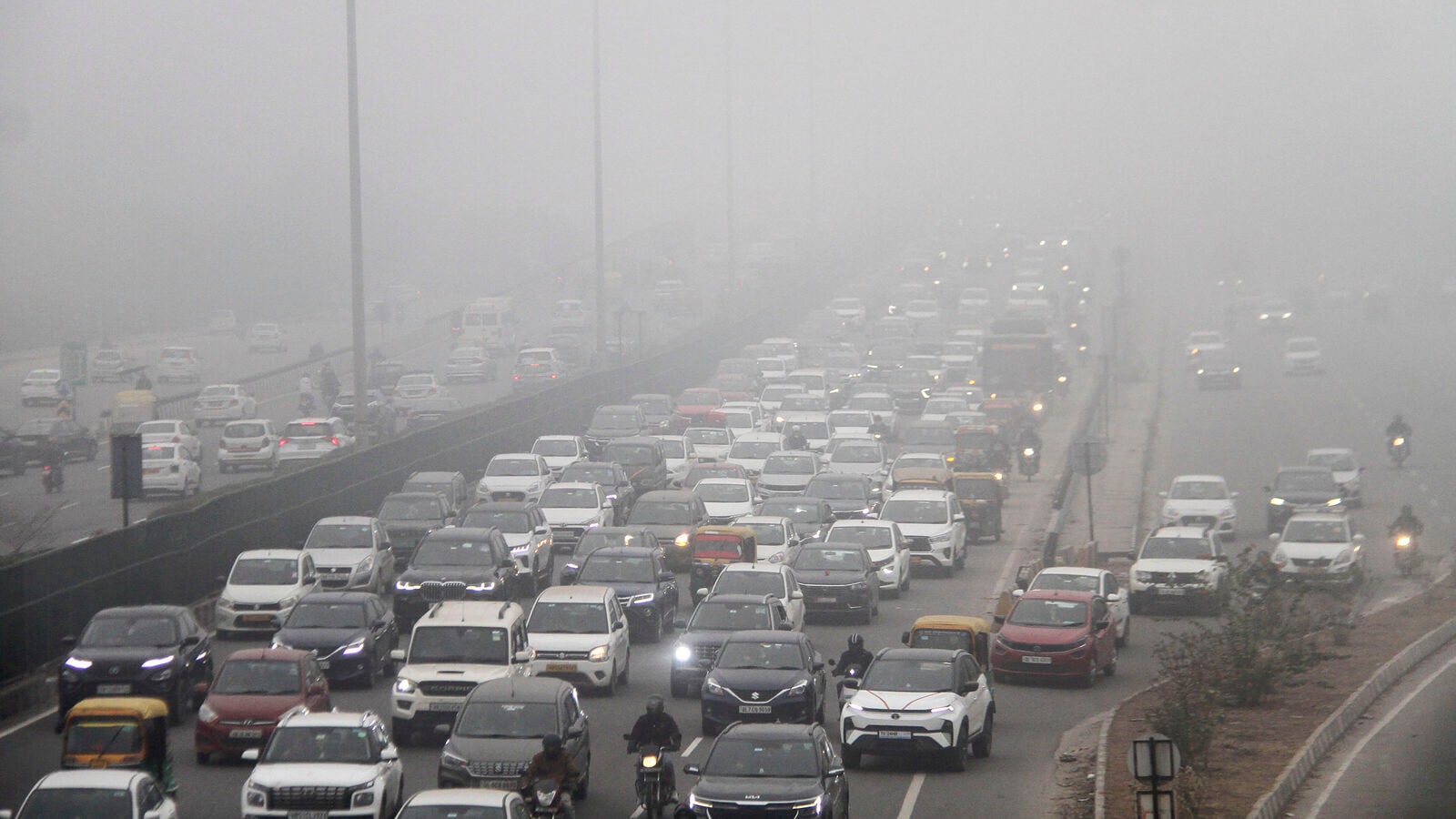
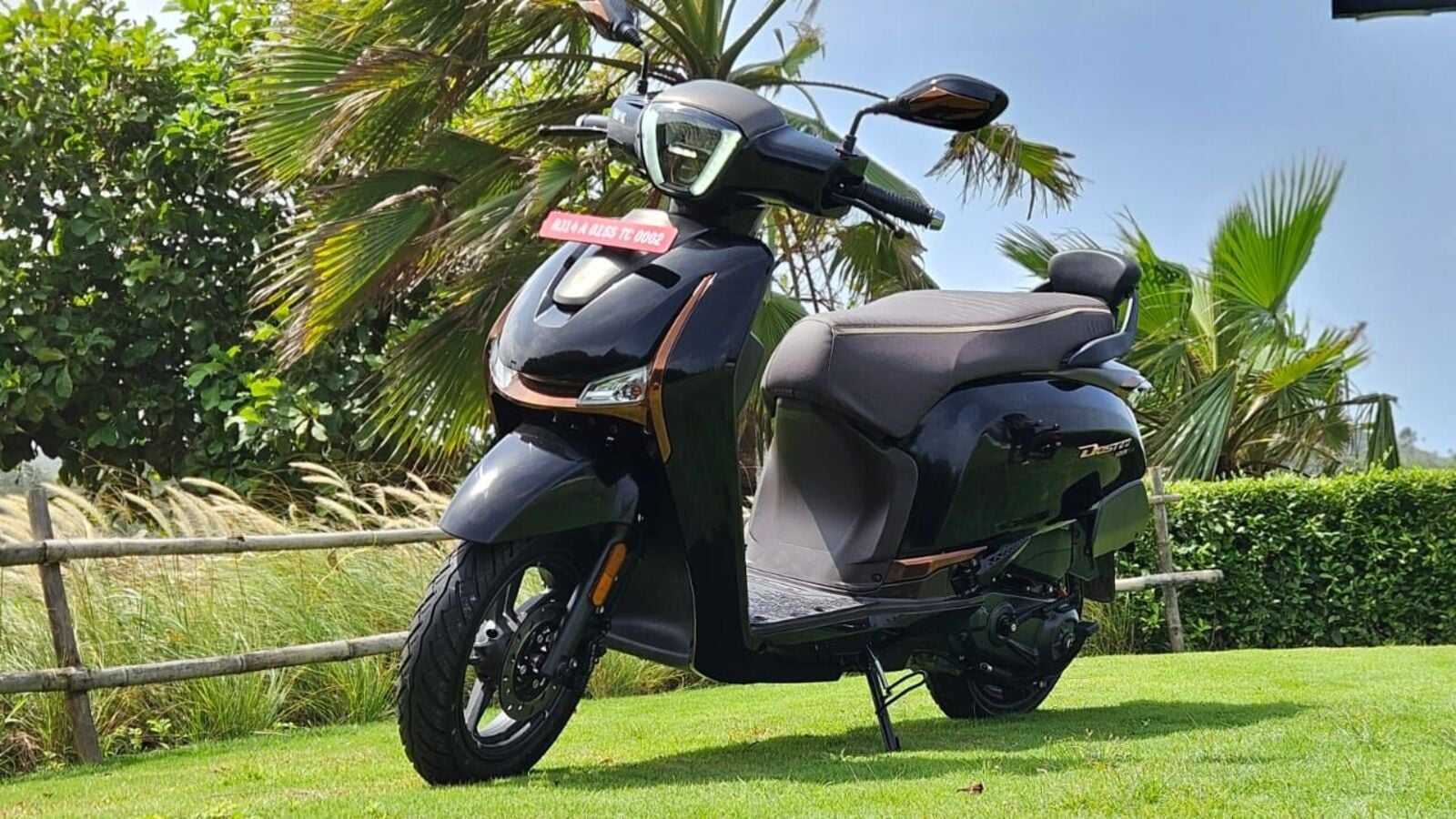
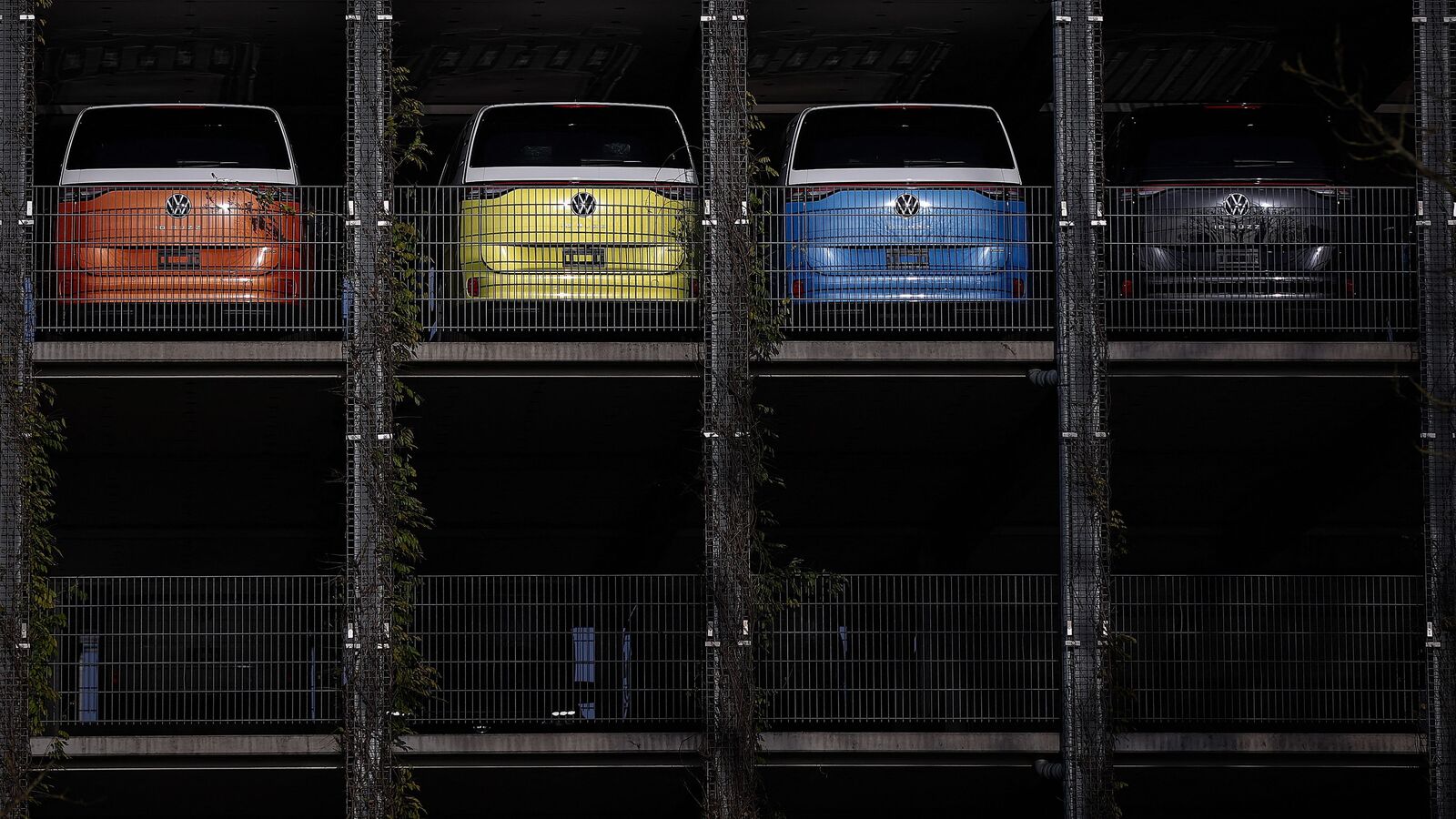
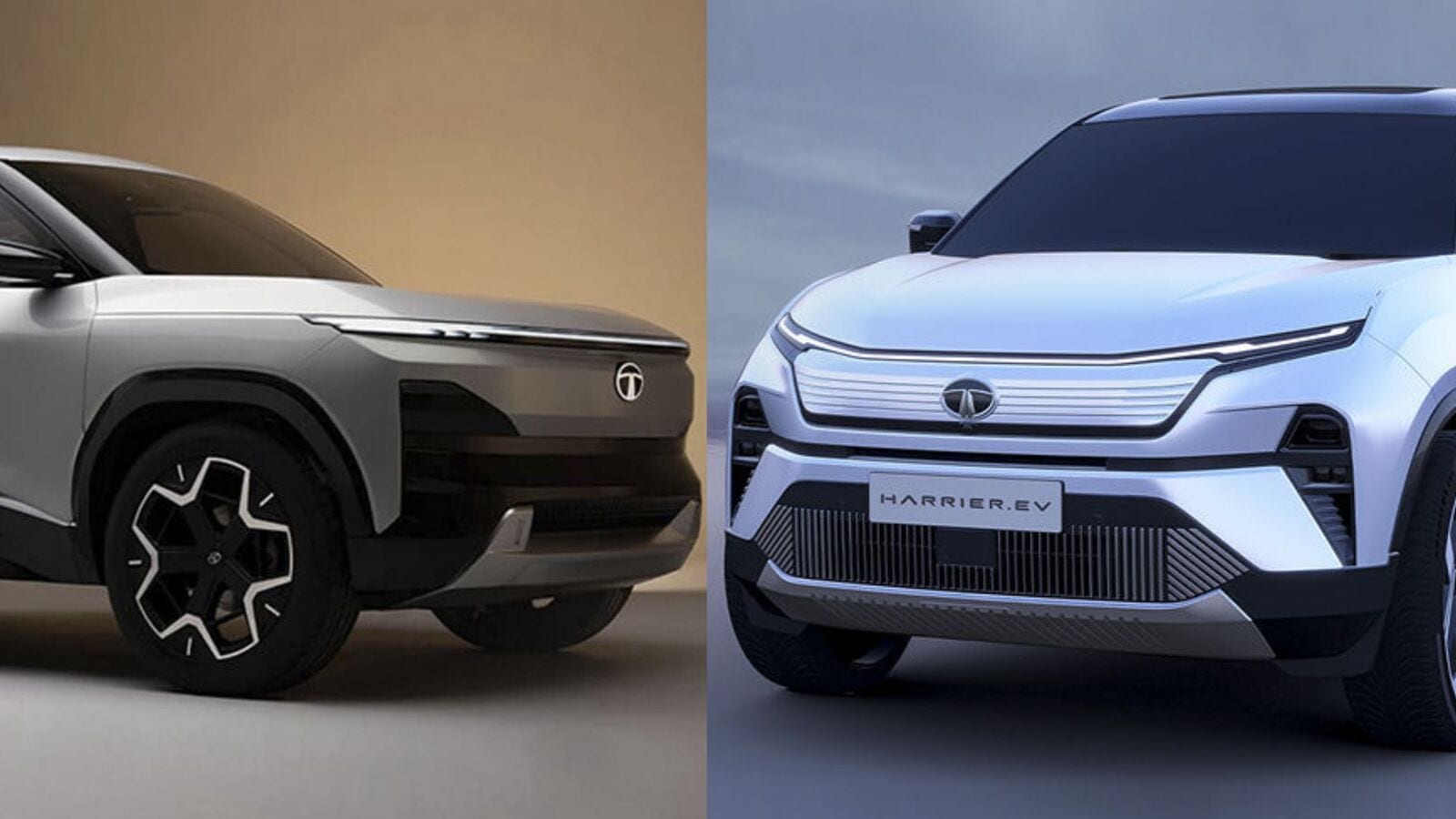
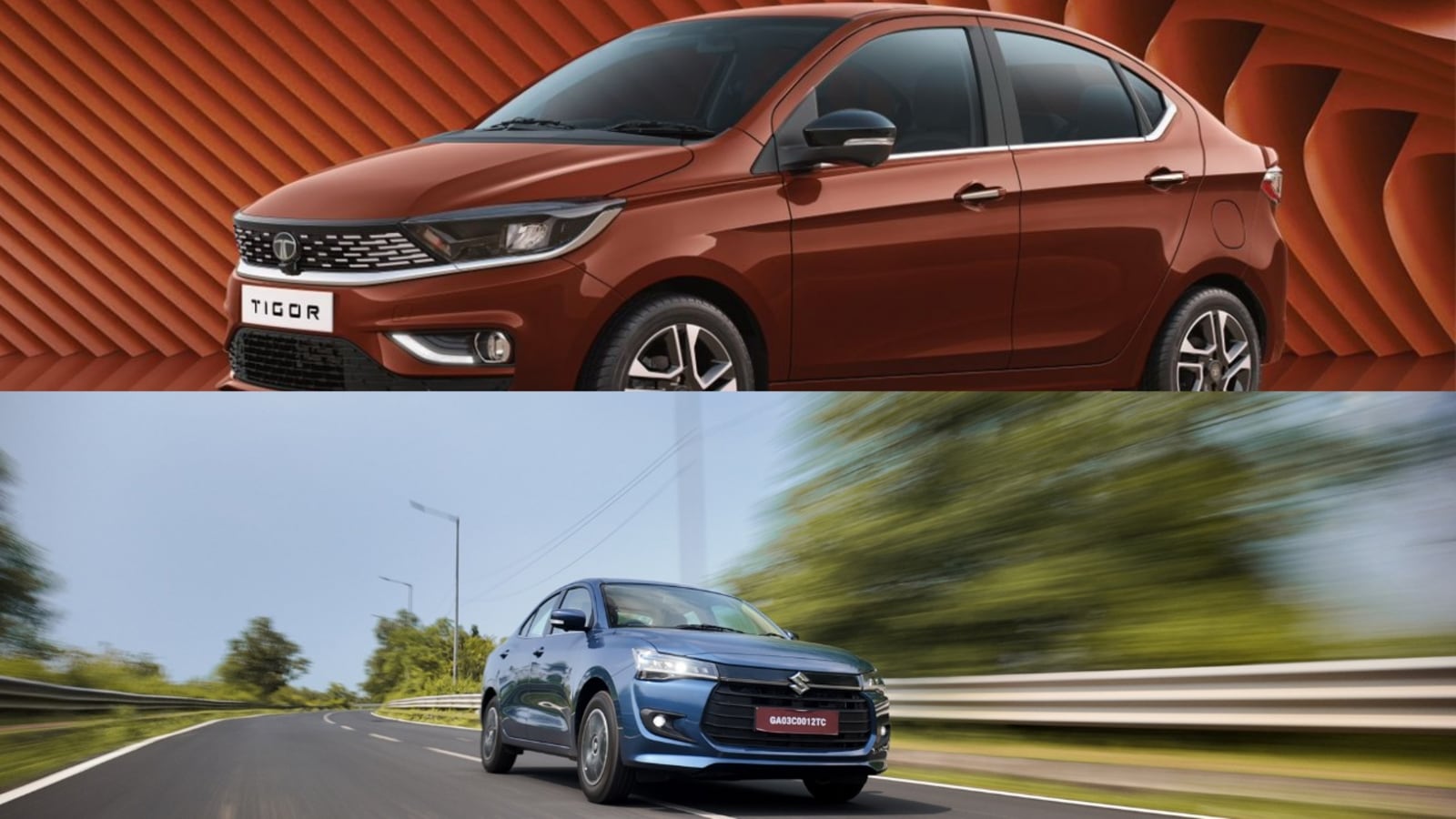
Leave a Reply